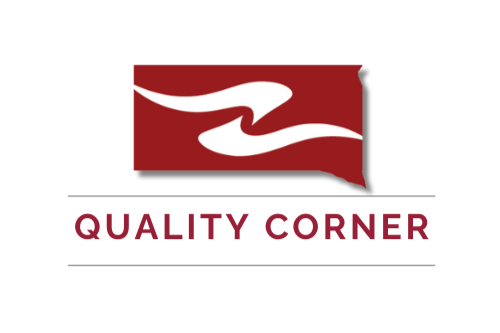Why focus on professional wellbeing and safety?
According to the National Academy of Medicine, between 35% and 45% of nurses and physicians and 40% to 60% of medical students and residents report symptoms of burnout.
A 2023 Vital Signs report found that positive working conditions, such as trust in management and supervisor help, were associated with lower odds of poor mental health symptoms and burnout.
Healthcare worker burnout may impact the quality and safety of patient care, including increased medical errors and hospital-acquired infections among patients (CDC, 2023).
The U.S Centers for Disease Control and Prevention (CDC) has developed a thorough tool for employers to utilize to determine employee well-being and safety. The NIOSH Worker Well-Being Questionnaire (NIOSH WellBQ) evaluates worker well-being comprehensively, covering aspects such as the quality of their work life, personal circumstances, and their physical and mental health. Unlike focusing solely on workplace-related aspects, this questionnaire assesses well-being as a holistic concept. It aims to aid researchers, employers, workers, practitioners, and policymakers in comprehending worker well-being and in developing targeted interventions to enhance it, among other uses. This tool is available in multiple languages.
To access the WellBQ or for additional information about administering the WellBQ please utilize the following link: https://www.cdc.gov/niosh/twh/php/wellbq/index.html
How do you ensure a safe work environment?
Eliminate obstacles to reporting violence and harassment incidents. Your hospital’s reporting protocols should empower healthcare staff to report incidents of violence confidently, without apprehension of reprisal. Simplify and clarify the reporting process, and ensure your staff understands that leadership values and promptly addresses reported incidents
Offer training to employees to prevent violence. Educate supervisors and staff on appropriate responses when they witness workplace harassment, discrimination, bullying, or violence. The National Institute for Occupational Safety and Health (NIOSH) provides a no-cost online course, Workplace Violence Prevention for Nurses, which grants continuing education credits. The American Hospital Association (AHA) advocates bystander training and cognitive rehearsal training as part of its suicide prevention toolkit.
Provide support to your staff following distressing events. Emphasize the importance of worker safety and well-being alongside patient satisfaction in such discussions. The AHA has created guidelines for offering trauma support to healthcare workers after incidents or threats of violence.
Ensure sufficient staffing levels. Having enough staff can enhance safety for both workers and patients. Refer to the Workplace Change Collaborative for advice on achieving safe and suitable staffing, optimizing teams, and minimizing administrative workload.
References
https://www.cdc.gov/niosh/impactwellbeing/professional-wellbeing.html




